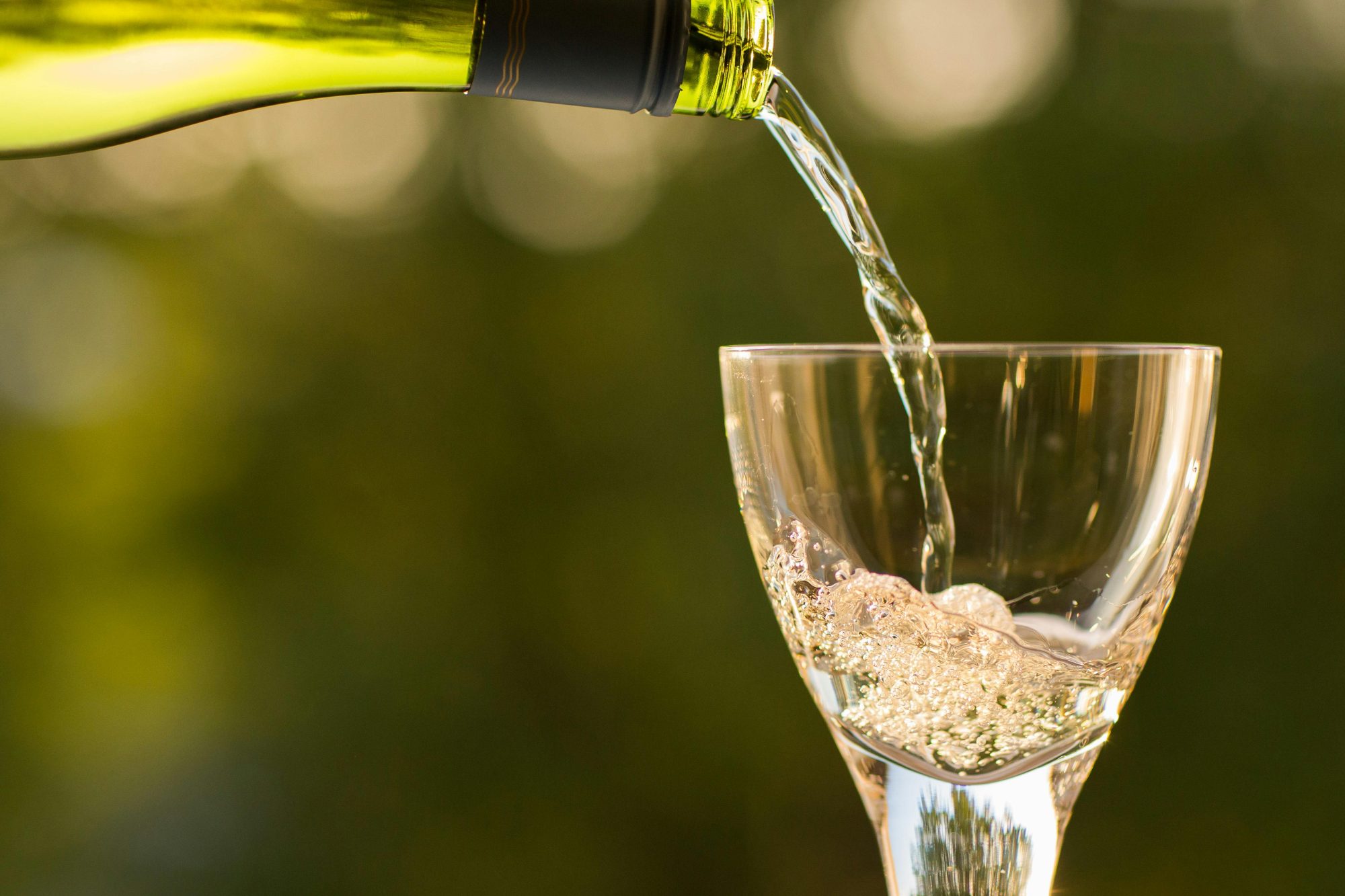White wine doesn’t always get the respect it deserves. It’s often dismissed as a cheerful summer patio wine rather than a credible option for serious wine lovers, or as an “entry-level wine” — a baby step towards appreciating a full-bodied, deep red. But according to industry experts, white wine is becoming more popular, even eclipsing the growth of red wine.
Chief among these reasons are changing dining preferences. According to Statistics Canada, Canadians are eating less red meat, down 7 percent in 2023 compared to the previous year. Along with the popularity of culinary traditions from around the world in which other protein sources such as chicken, fish and seafood take centre stage, it’s easy to see why white wine consumption is on the rise. Pairing your dry-aged steak with a big California Cab has been replaced by drinking a New Zealand Sauvignon Blanc with your miso black cod.
“Lighter body, high acidic foods lend themselves more to white wine. When we are teaching, we always say the number one rule of wine and food pairings is matching intensities,” says Peter Smolarz, director of fine wines and purchasing at Willow Park Wines and Spirits. Smolarz owns stores across Alberta and has noticed an increase in white wine sales provincewide. “A nice vinaigrette salad goes great with something like a dry Riesling because the vinaigrette has acid and the white wine has acid.”
Just about everyone agrees that consumers are also becoming more adventurous with their drinking. Thanks to a wealth of information available on the internet, North American drinkers are exposed to new white wine varieties that offer unique flavours different from the usual offerings. “When I started in the industry, people were drinking the mainstream grape varieties,” notes Smolarz. “Today, there’s definitely a surge in Italian whites like Gavi or Soave. And there’s interest in white wines similar to Pinot Grigio, but different, like a Pecorino. People are excited to try new and fun grape varieties.”
